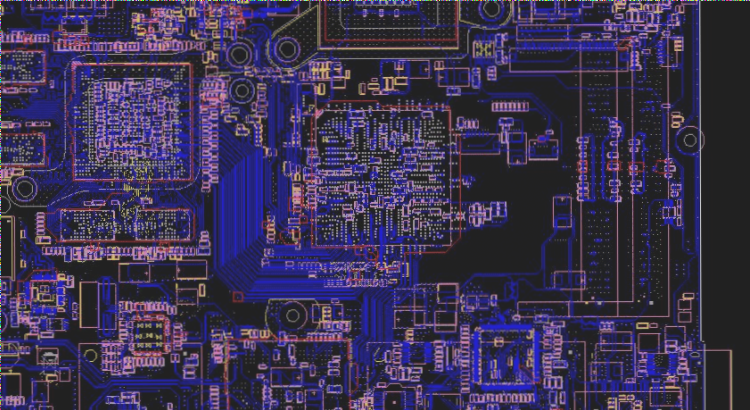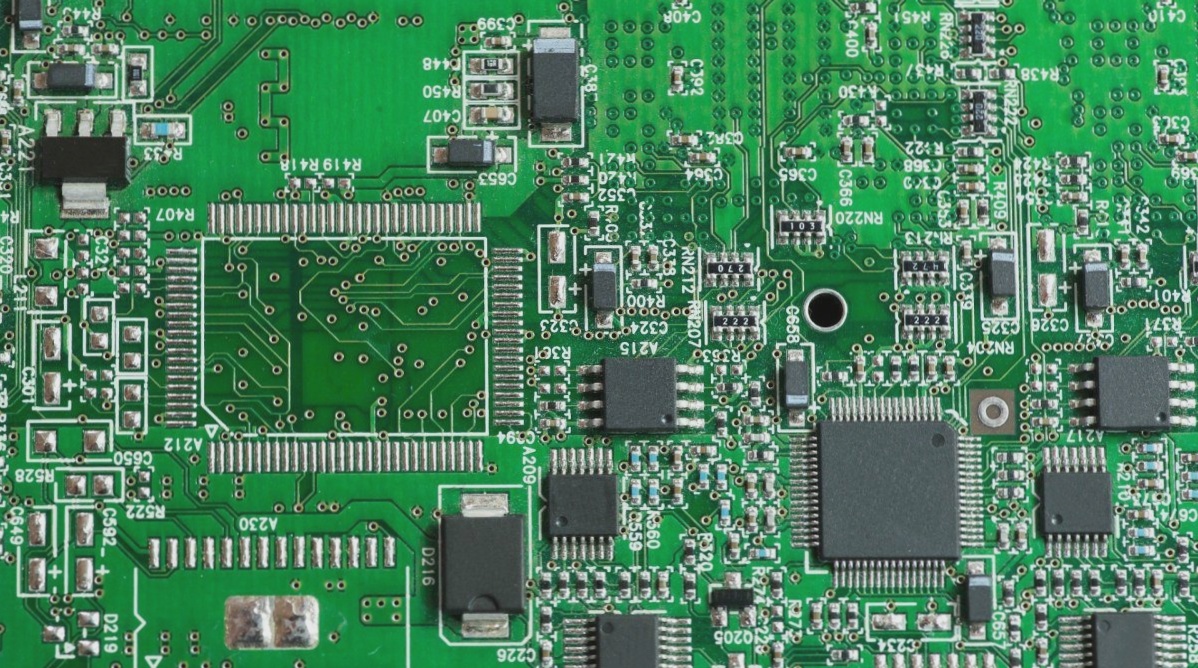1. Printed circuit boards accumulate dust and occasionally come into contact with liquids through splashing or immersion. These elements can gradually corrode the solder joints and damage the circuit.
2. Large amounts of contaminants can also isolate the tiny components on the board, hinder heat dissipation, and eventually cause overheating.
3. This article delves into how dirty circuit boards can affect your project and the ultimate methods for cleaning them. It should be helpful to you.
4. What does a dirty circuit board mean?
5. “Dirty circuit boards” are sometimes used in the market to describe second-hand or refurbished boards, which are purchased as cheaper alternatives to brand new ones.
6. The circuit board cleaning company has performed sufficient repairs on these used boards to ensure they meet standards comparable to new equipment.

1. Despite the name, on the surface, market-grade dirty circuit boards are usually very clean. However, although a high-quality dirty circuit board can maintain its functionality for a long period, it cannot guarantee the lifespan of a new board.
2. Therefore, ready-made dirty circuit boards are well-suited for prototypes.
3. If a significant amount of flux residue remains after PCB soldering, the circuit board can be considered “dirty.” Today, approximately 70% of printed boards are assembled with no-clean solder paste, which means that removing the flux is typically unnecessary.
4. However, after soldering, the flux usually leaves some residue on and around the solder joints. The amount of residue depends on the flux’s solid resin, gelling agent, and activator content. Flux with very little solid content leaves minimal residue on the circuit board.
5. How dirty circuit boards affect performance
6. Circuit board contaminants such as dust, moisture, and flux residues can adversely affect your circuit.
7. Dust and moisture
8. Dust is a complex substance composed of various inorganic and organic materials, including significant amounts of water and dissolved salts.
9. With advancements in miniaturization technology and the increasing use of circuit boards in dusty environments (such as in telecommunications and information industries), the impact of dust on the reliability of circuit boards is growing.
10. Dust can cause numerous problems for circuit boards. Due to its hydrophilicity, it can form a conductive electrolyte membrane, impairing the surface insulation resistance between conductors.
11. Even without water, dust particles can increase friction on contact surfaces, promoting wear and corrosion. Additionally, because dust acts as a dielectric, it can cause signal interference in connectors and wiring.
12. If these issues aren’t enough to prompt you to inspect your electronic equipment, dust accumulation on active components and power connectors can cause irreversible damage when components overheat.
13. Flux residue
14. While dust and moisture are detrimental to circuit boards, flux residues can have an even worse effect on your project. Introducing no-clean flux materials eliminates the need to clean the circuit board before re-soldering.
15. However, despite the clear advantages of no-clean panels, assemblers quickly recognized the issue of residue.
16. Flux residues that fall off the circuit board during the PCB soldering process tend to gradually accumulate on the pins of soldered components, leading to conductivity issues, especially in circuits with clock speeds exceeding 1 GHz.
17. At such high frequencies, electrons primarily conduct on the outer surface of the conductor, meaning that flux residue on the terminals can conduct current and cause signal interference.
18. Like dust, PCB flux residues are also hydrophilic. Therefore, when applying underfill material in flip chip assemblies and heating it to cure, small pockets of steam or gas can form. This eventually separates the underfill material from the circuit board, creating a channel for contaminants to enter the PCB assembly.
2. Large amounts of contaminants can also isolate the tiny components on the board, hinder heat dissipation, and eventually cause overheating.
3. This article delves into how dirty circuit boards can affect your project and the ultimate methods for cleaning them. It should be helpful to you.
4. What does a dirty circuit board mean?
5. “Dirty circuit boards” are sometimes used in the market to describe second-hand or refurbished boards, which are purchased as cheaper alternatives to brand new ones.
6. The circuit board cleaning company has performed sufficient repairs on these used boards to ensure they meet standards comparable to new equipment.

1. Despite the name, on the surface, market-grade dirty circuit boards are usually very clean. However, although a high-quality dirty circuit board can maintain its functionality for a long period, it cannot guarantee the lifespan of a new board.
2. Therefore, ready-made dirty circuit boards are well-suited for prototypes.
3. If a significant amount of flux residue remains after PCB soldering, the circuit board can be considered “dirty.” Today, approximately 70% of printed boards are assembled with no-clean solder paste, which means that removing the flux is typically unnecessary.
4. However, after soldering, the flux usually leaves some residue on and around the solder joints. The amount of residue depends on the flux’s solid resin, gelling agent, and activator content. Flux with very little solid content leaves minimal residue on the circuit board.
5. How dirty circuit boards affect performance
6. Circuit board contaminants such as dust, moisture, and flux residues can adversely affect your circuit.
7. Dust and moisture
8. Dust is a complex substance composed of various inorganic and organic materials, including significant amounts of water and dissolved salts.
9. With advancements in miniaturization technology and the increasing use of circuit boards in dusty environments (such as in telecommunications and information industries), the impact of dust on the reliability of circuit boards is growing.
10. Dust can cause numerous problems for circuit boards. Due to its hydrophilicity, it can form a conductive electrolyte membrane, impairing the surface insulation resistance between conductors.
11. Even without water, dust particles can increase friction on contact surfaces, promoting wear and corrosion. Additionally, because dust acts as a dielectric, it can cause signal interference in connectors and wiring.
12. If these issues aren’t enough to prompt you to inspect your electronic equipment, dust accumulation on active components and power connectors can cause irreversible damage when components overheat.
13. Flux residue
14. While dust and moisture are detrimental to circuit boards, flux residues can have an even worse effect on your project. Introducing no-clean flux materials eliminates the need to clean the circuit board before re-soldering.
15. However, despite the clear advantages of no-clean panels, assemblers quickly recognized the issue of residue.
16. Flux residues that fall off the circuit board during the PCB soldering process tend to gradually accumulate on the pins of soldered components, leading to conductivity issues, especially in circuits with clock speeds exceeding 1 GHz.
17. At such high frequencies, electrons primarily conduct on the outer surface of the conductor, meaning that flux residue on the terminals can conduct current and cause signal interference.
18. Like dust, PCB flux residues are also hydrophilic. Therefore, when applying underfill material in flip chip assemblies and heating it to cure, small pockets of steam or gas can form. This eventually separates the underfill material from the circuit board, creating a channel for contaminants to enter the PCB assembly.



